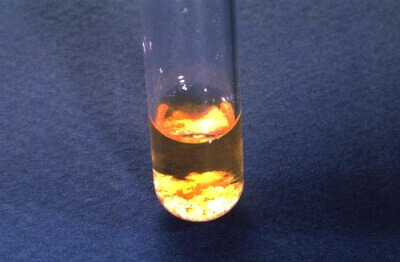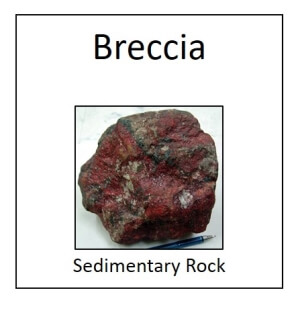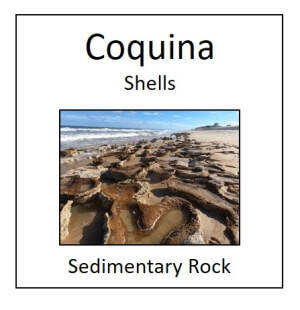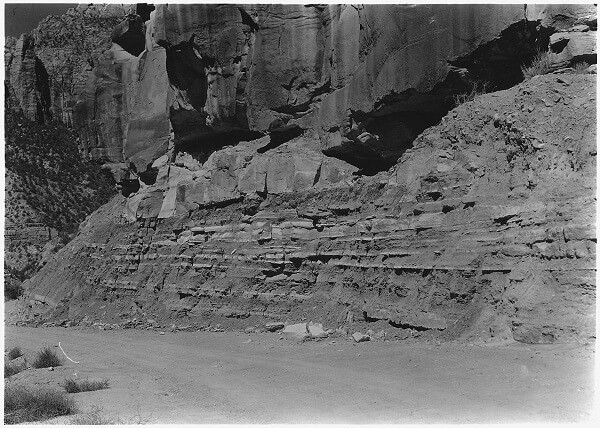 Rocks and Minerals
Rocks and Minerals
Rocks and Minerals
Rocks and Minerals










 Rocks and Minerals
Rocks and Minerals
Rocks and Minerals
Rocks and Minerals

Study the lesson for one week.
Over the week:

Overview
Physical Characteristics
Locations:
Interesting Facts


Activity 1: Narrate the Lesson
Activity 2: Take a Nature Walk
Activity 3: Complete a Field Book Entry

After your nature walk, complete page 6 in 'Fifth Grade Science Rocks and Minerals Notebook Pages.'